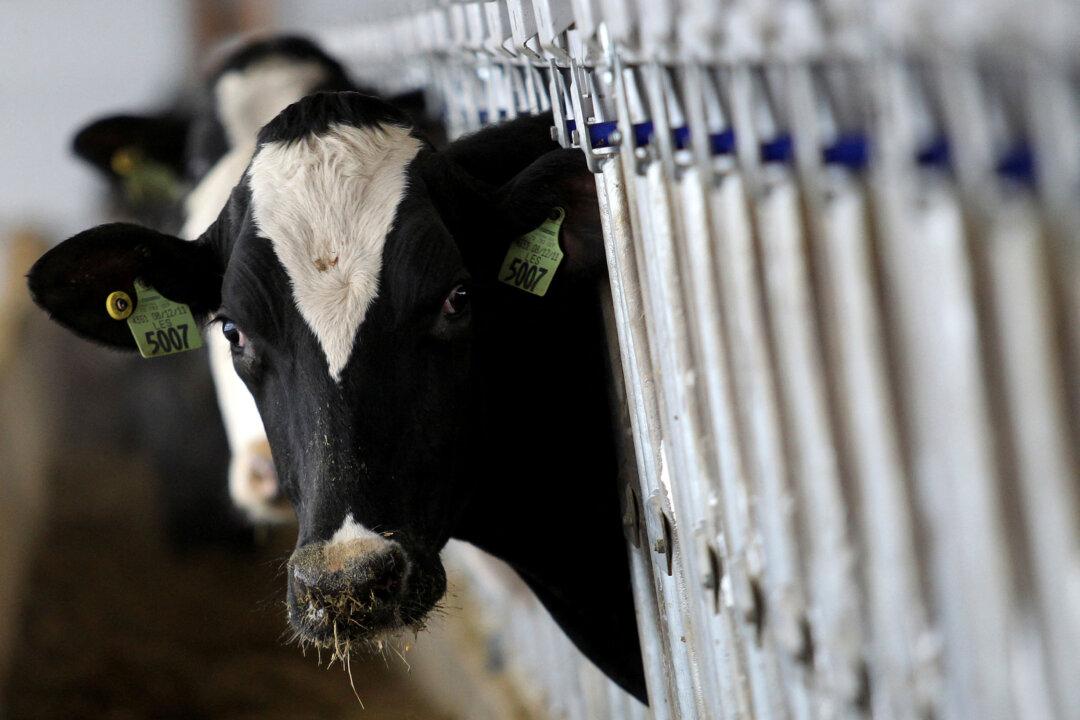A disease outbreak in China, Thailand, and Vietnam--the three largest producers of shrimp worldwide--is making shrimp prices set records and rise quickly.
The Early Mortality Syndrome (EMS) outbreak is halting a decade-long boom of the shrimp industry by impacting these three countries.
“EMS is responsible for the industry’s largest-ever contraction in supply and subsequent record prices,” says the Rabobank Group, which published a report looking into the shrimp aquaculture industry.
Prices have risen from $3 per pound in 2010 to nearly $6 a pound this year, reports the LA Times.
More than one-third of the total exports last year to the United States, a big consumer of shrimp, was from Thailand, worth about $1.1 billion. Imports from Thailand are down 31 percent this year.
However, the crippling Early Mortality Syndrome is being understood more and more, making recovery for these countries--particularly Thailand--probable sometime in 2014.
“Due to a rapidly increasing understanding of the EMS pathogen, it is likely that a solution for the disease will be found in the short- to medium-term,” says Rabobank.
Thailand will likely to be the first of the impacted countries to start recovering from the disease.
“Thailand’s return to the top of the shrimp exporter ranks, combined with strong momentum in production expansion by second-tier regions that are enjoying the current high prices, will create a sudden supply curve shift and a period of low prices.”
Also, other countries that haven’t been affected by the syndrome are beginning to step in and fill the void. This includes Ecuador, Indonesia, Bangladesh, and Myanmar.
The biggest country stepping up is India, which has the potential to increase shrimp production by a large volume because of ideal large rivers.
“Indian shrimp exports to the U.S. are estimated to rise by 69%, due to global supply constraints, and reach 11,000 tonnes by 2013,” says Rabobank. “Rabobank expects India’s share of global trade to rise further in coming years.”




